From Abandoned Islands to University Scandals: 5 Wildest Japanese School Stories
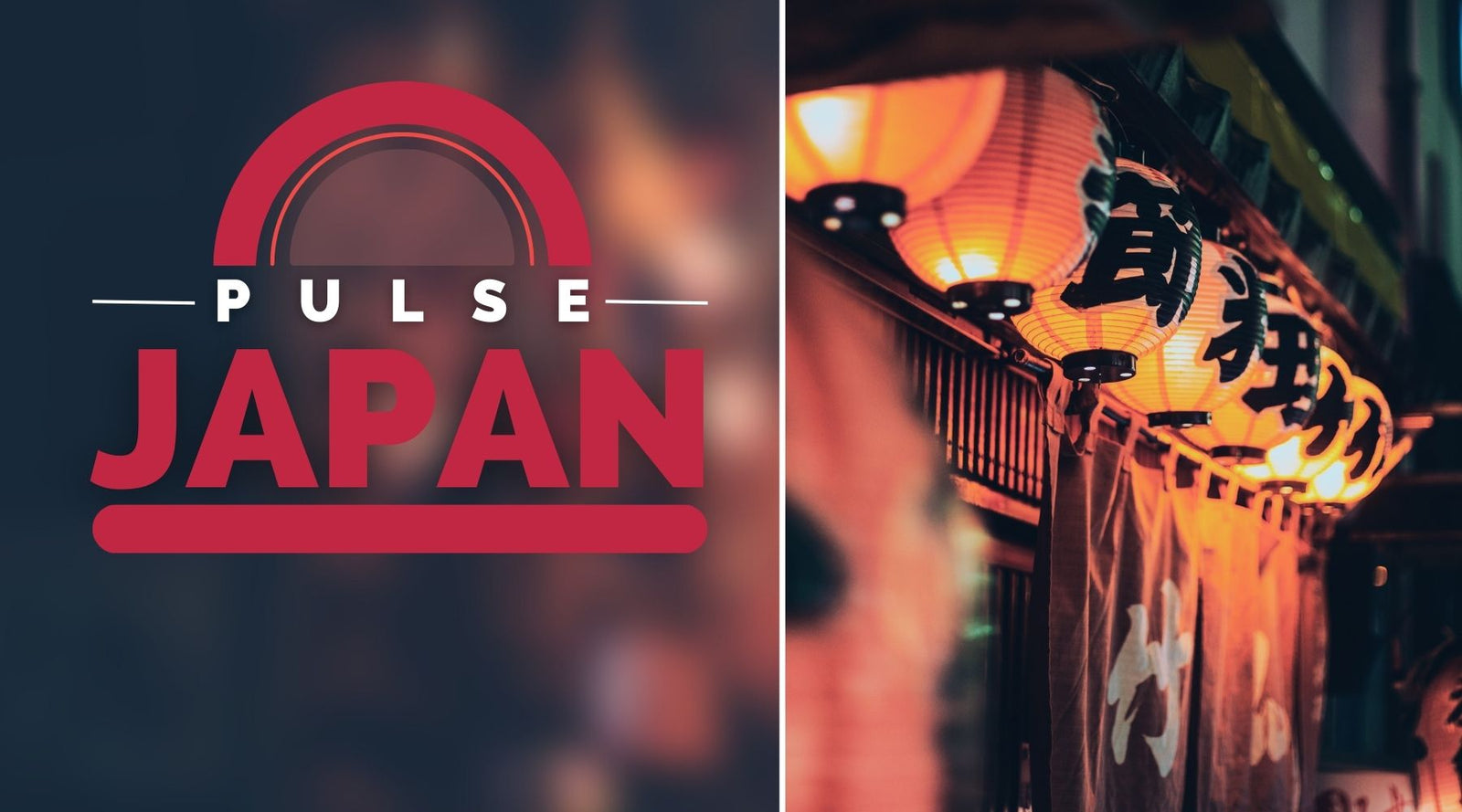
Japan has a way of mixing tradition with modern innovation, and nowhere is this blend more visible than in its education system. Picture this: tiny 6-year-olds in oversized backpacks walking to school independently. Yes, it's a rite of passage in Japan for kids to handle their own commutes, fostering a sense of responsibility from an early age. This might be jaw-dropping for parents elsewhere who wouldn't dream of letting go of their child's hand until middle school.
Japanese schooling is also big on clubs and after-school activities, where students can dive deep into their interests—be it kendo or calligraphy—under a teacher's guidance (Japanese Education System). The emphasis is on group harmony, teamwork, and collective pride. You'll rarely find a Japanese student who doesn't participate in some school club.
But hold on to your seats, because the immaculate image of Japanese education isn’t without some bizarre twists. We’re about to take you on a wild ride—from eerie abandoned schools on deserted islands to gender biases at prestigious universities. These stories challenge the typical notions we have of Japan’s rigor and discipline.
Japan holds a reputation for academic excellence, boasting some of the highest test scores globally and a society that values education deeply. Yet, juxtaposed with this reverence for learning are some stories that might make you raise an eyebrow—or two. You will discover eerie tales, like the decaying classrooms on Gunkanjima, and social debates ignited by statements on gender roles at universities.
Education is Japan's pride and, paradoxically, a canvas filled with stories that are quirky and unsettling. With every turn of the page, prepare to be astonished, puzzled, and absolutely intrigued as we dive deep into Japan’s most extraordinary school tales.
1. Gunkanjima: The Abandoned School Island
Welcome to Hashima Island, colloquially known as Gunkanjima, or Battleship Island. This eerie, desolate place has a haunted yet fascinating history. Once bursting with life, Hashima was the epitome of Japan's industrial might. From 1890, residents tirelessly mined coal from underwater veins to fuel Japan's burgeoning shipbuilding industry. Imagine, back in its heyday, this pint-sized island was the most densely populated place on Earth! (Japan Travel).
Fast forward to today, and the once bustling community, including its school, now stands as a decaying relic of a bygone era. Imagine walking through an empty, silence-filled school where classrooms hold nothing but the echoes of laughter and learning from long-forgotten days. Decayed furniture, walls crumbling into dust, and the haunting aura of neglect take the place of eager young faces and vibrant chatter (Offbeat Japan). The abandoned school is so unsettling that it feels as though you’ve stepped straight into a Shūmei Fujisawa horror novel.
But it’s not just the eerie atmosphere that makes Hashima significant. The island was thrust into the global limelight when it was designated a UNESCO World Heritage site in 2015 (Architectural Digest). This move underscored the island's dual legacy as both a symbol of Japan's rapid industrialization and a stark reminder of wartime atrocities, including forced labor during World War II.
The juxtaposition of the school's silence against the backdrop of an island with such a turbulent history is poignant. While some view it as a fascinating glimpse into the past, others perceive it as a solemn reminder of human endurance in the face of hardship. Whether it’s the ghostly staircases (Offbeat Japan) or the incredible tales of survival and loss, Hashima offers a complex, multifaceted narrative that continues to captivate and inspire.
Walking through this desolate school, you get a sense of the surreal. The very walls seem to whisper stories of the past—a stark contrast to Japan's vibrant educational image today. The island's haunting beauty continues to attract curious adventurers, historians, and even movie producers. Yes, scenes for the James Bond film "Skyfall" were inspired by this island’s eerie landscape.
The history of Hashima's school melds myth, reality, and a touch of the supernatural. It stands as an essential chapter in the nuanced, multifaceted tale of Japanese education—a narrative that skillfully balances innovation with tradition.
2. University Scandal: Female Students Under Scrutiny
Brace yourselves! In 2018, Japan was rocked by an academic scandal that caught global attention. The Tokyo Medical University was found guilty of manipulating entrance exam scores to limit the admission of female students. The shocking revelation wasn’t just restricted to one institution; a government investigation revealed that at least nine medical schools were involved in this deceit (The Guardian) and (BBC).
When the news broke, it ignited a fiery debate on gender equality in education. The public was enraged, and rightfully so. Imagine spending years preparing for an exam only to have your efforts nullified by gender bias! The education minister, Yoshimasa Hayashi, voiced strong disapproval stating the discrimination was “absolutely unacceptable” (The Guardian). Female professionals in the field, like a 50-year-old doctor, expressed that they had always found it strange that the number of female students never seemed to rise (Asahi).
The scandal was not just a passing storm but a wake-up call for Japan, which ranks alarmingly low in global gender equality indices. According to the World Economic Forum, Japan's global gender gap index has deteriorated, placing it at 121st position in 2019 due to severe declines in economic participation and political empowerment (ADGEO).
The scandal was a stark indicator of the systemic issues women face in Japanese higher education. Female participation in scientific research and academia remains abysmally low, with women making up only 16.6% of researchers, the lowest among OECD countries (ADGEO). While there have been programs aimed at increasing female representation, such as Rikejo development programs for STEM fields, progress has been slow and uneven.
Despite these setbacks, there are efforts to rectify these issues. Several programs aim to empower female students and professionals in STEM fields, offering mentorship and career guidance free from societal biases. The Promotion of Positive Action program launched by the Japanese government had aimed for 30% female participation in the workplace by 2020. Although the target was not met, the increased awareness and public outrage following the scandal could serve as a catalyst for future reforms.
As we navigate the intricacies of Japan's educational landscape, it's crucial to reflect on how these revelations have broken the idealized image of flawless educational systems, bringing to light the urgent need for reform and equality. Let’s dive into the next story of cultural exclusivities and educational oddities that make Japanese schools unique.
3. The Kanchō Game: Bizarre Playground Antics
When it comes to playground antics in Japanese schools, few would expect something as puzzling and contentious as the Kanchō game. Believe it or not, this quirky game involves sticking one's fingers together in a pointy position and attempting to poke an unsuspecting victim's rear end. Yes, it's as strange as it sounds, and it certainly leaves foreign observers scratching their heads.
The term "kanchō" originates from the Japanese word for enema (浣腸, kanchō), a hint at the nature of this schoolyard prank. The game, often played among younger children, has its own somewhat ritualistic choreography: the "kanchōer" quietly sneaks up behind their intended target, forms their fingers into a makeshift gun, and attempts to jab the target's buttocks. Remarkably, the prank is so common in Japan that even some adults recall participating during their childhood adventures.
To understand the bizarre phenomenon of Kanchō, one must venture into the peculiar realm of Japanese humor, which often includes slapstick and toilet humor. As some (Reddit) users have noted, Japanese children exhibit an almost obsessive fondness for poop jokes and pranks that seem crude from a Western perspective. The Kanchō game is just another extension of this cultural trend, albeit a more direct one.
For many Westerners, the concept of Kanchō is bewildering, if not outright disturbing. Foreign English teachers in Japan often recount their shock and dismay upon first experiencing a Kanchō attack, describing the encounter as not only embarrassing but also bordering on assault. According to (The Japan Guy), this prank can be an unwelcome surprise and produces a mixture of horror and laughter.
Naturally, Kanchō raises questions about appropriateness and child safety. Critics argue that the game crosses the line into physical invasion. Some parents and educators express concerns, especially when there's an age gap between the kanchōer and the victim. In some discussions on (Reddit), users highlight that in other countries, this behavior would likely be classified as harassment or even assault. The issue lies in navigating the fine line between harmless childhood fun and violating personal boundaries.
While some folks defend the game as an innocent cultural quirk, it's essential for schools to educate students on personal space and respect, ensuring that fun doesn't come at the cost of someone's comfort or safety. This isn't just about culture clash; it’s about finding a balance in playtime activities globally.
Interestingly, while Tokyo Medical University's gender scandal stirred heated debate, Kanchō stands out as a peculiar aspect of Japanese school life that bemuses and sometimes alarms outsiders. Balancing these traditions with universal principles of respect continues to be Japan's challenge, leaving us to ponder the intriguing, sometimes perplexing, facets of Japanese education.
Sasumata: Martial Arts Meets School Security
When you blend school security with a slice of samurai culture, you get the unusual but fascinating Sasumata. This pole weapon, once used by ancient samurai and later by police forces, made an unexpected comeback to modern times, but in schools. Kind of a dramatic shift from being a tool of warriors to a tool against school intruders, right?
Originally intended for subduing without causing lasting harm, the Sasumata was the Swiss Army knife of samurai-era policing. Picture this: a sturdy pole with two prongs designed to ensnare and restrain an opponent just long enough until they could be properly dealt with (TrueKatana).
Fast forward to the 21st century, and Sasumata are reimagined in aluminum, minus the medieval spikes, and now frequently found in Japanese schools (Wikipedia). Why the revival? Rising incidents of school invasions and the unique challenge posed by knife-wielding intruders have prompted schools to incorporate this old-school tool into their modern security toolkit.
As with anything that involves hand-to-hand subduing, the Sasumata has both champions and critics. On one hand, schools in Japan have embraced it as part of "full-contact and unpredictable" intruder drills. These drills often involve real physical engagement between school staff and designated "intruders" to simulate a true-to-life crisis scenario (Atlas Obscura). It's a bit like a martial arts class mixed with drama class but with very serious undertones.
Critics, however, question whether these measures genuinely make schools safer or if they merely introduce a different set of risks. While teachers aren’t exactly wielding swords, these close-quarter confrontations can still pose physical risks to both staff and students. Researchers also caution against measures that can undermine the trust between students and educators, making an already stressful environment feel more like a fortified zone than a learning one (ACLU).
There’s no denying the Sasumata’s intriguing blend of history and modern application, but it brings to light tough questions about the balance between security and educational atmosphere. This distinct mix of ancient and contemporary sparks an ongoing debate within the education system, highlighting just another layer in the complex fabric of Japanese schooling. This very fabric, as we will see, weaves many paradoxes and intricate threads.
5. Extreme Pressure: The Dark Side of Academic Excellence
When thinking of the Japanese education system, one might envision disciplined students, high academic standards, and excellent results. But there's a rather sinister price tag attached to this pursuit of excellence: extreme mental stress. The pressure to perform academically in Japan is so immense that it can drive students to drastic measures, including suicide.
Recent statistics paint a troubling picture. Suicide among young students in Japan has hit record highs, with over 500 cases reported in 2022 alone (Asahi). The reasons range from school-related pressures to family discord and personal health issues. For male students, academic stress ranks as the leading cause of suicides, while females often cite health issues first (NIH).
So, what drives these young minds to such desperate ends? The answer often lies in the grueling entrance examinations, a gateway to higher education and, by extension, a good job and stable future. From cram schools to long hours of study, the pressure mounts steadily from a young age. It's almost like preparing for a never-ending marathon where the finish line keeps moving further away.
But it doesn’t end at high school. Even university students aren't exempt from these overwhelming pressures. Graduate students, in particular, often wrestle with high demands and competitive environments that can severely impact their mental health (NIH).
Thankfully, some efforts are being made to alleviate this mental stress. Japanese schools usually have a Yogo teacher (school nurse) and other part-time mental health specialists like school counselors, advisors, and social workers (PubMed). Additionally, educational and technological advancements are being explored to make mental health care more accessible (World Economic Forum).
Despite these measures, tackling the root of the problem—intense academic pressure—requires systemic changes. While Japan’s rigorous education model fosters a disciplined and knowledgeable society, it’s evident that more balanced approaches are needed to ensure the well-being of its students.
Reflecting on the paradoxes within the Japanese education system reveals the complexities of blending tradition with modern challenges. It’s crucial for educators, policymakers, and society at large to learn from these extremes to create a more holistic and supportive educational environment.
Conclusion
Japan’s educational system is renowned globally for its strict academic standards and disciplined approach. The curriculum heavily emphasizes subjects like Science and Math, fostering a rigorous learning environment (Upgrad Abroad). Yet, striking a balance between tradition and the demands of a modern society presents unique challenges. The country’s efforts at integrating innovative learning practices such as project-based learning and the promotion of STEM education mark a significant shift from rote memorization (Shin Edupower).
Reflecting on the wild stories discussed, several lessons emerge:
-
Maintenance of Historical Sites: The eerie remnants of Hashima Island’s school serve as a stark reminder of Japan’s historical complexities. The abandonment and the decay, now part of a UNESCO World Heritage site, illustrate the importance of preserving history while progressing forward (CliffsNotes).
-
Gender Equality: The university scandal involving the manipulation of female students' entrance examination scores spotlights a persistent gender disparity. While Japan has made strides with initiatives aimed at promoting gender equality, the pace of progress remains slow (Asia Society).
-
Cultural Sensitivities: The Kanchō game underscores the clash between cultural traditions and global sensibilities. Dealing with such cultural practices requires a nuanced approach that balances respect for tradition with modern principles of respect and safety (Tofugu).
-
Modern Security Measures: Embracing tools like the Sasumata reflects Japan’s blend of historical artifacts with contemporary needs. However, the debate on their effectiveness versus potential risks continues, highlighting the need for thoughtful integration of such measures in educational settings (Quora).
-
Addressing Mental Health: The intense pressure on students leading to high suicide rates is perhaps the darkest aspect of Japan’s educational system. Efforts to bolster mental health resources in schools are commendable, but systemic changes are vital to genuinely alleviate academic stress (Idreamcareer).
As Japan navigates the complexities of reforming its educational system, several promising trends are noteworthy:
-
Flexible Learning Formats: Embracing a more flexible learning format that promotes independent thinking and problem-solving skills.
-
Enhanced Evaluation Methods: Shifting from traditional exams to comprehensive assessments that value creativity and critical thinking (Link Springer).
-
Promoting STEM: Increasing emphasis on hands-on STEM education to prepare students for digital-age challenges (Shin Edupower).
Japan’s educational paradoxes offer a comprehensive lesson in balancing revered traditions with urgent contemporary needs. By addressing the highlighted issues while embracing innovative reforms, Japan stands poised to lead the way in crafting an education system that is both deeply rooted in its cultural ethos and finely attuned to the demands of the future.






















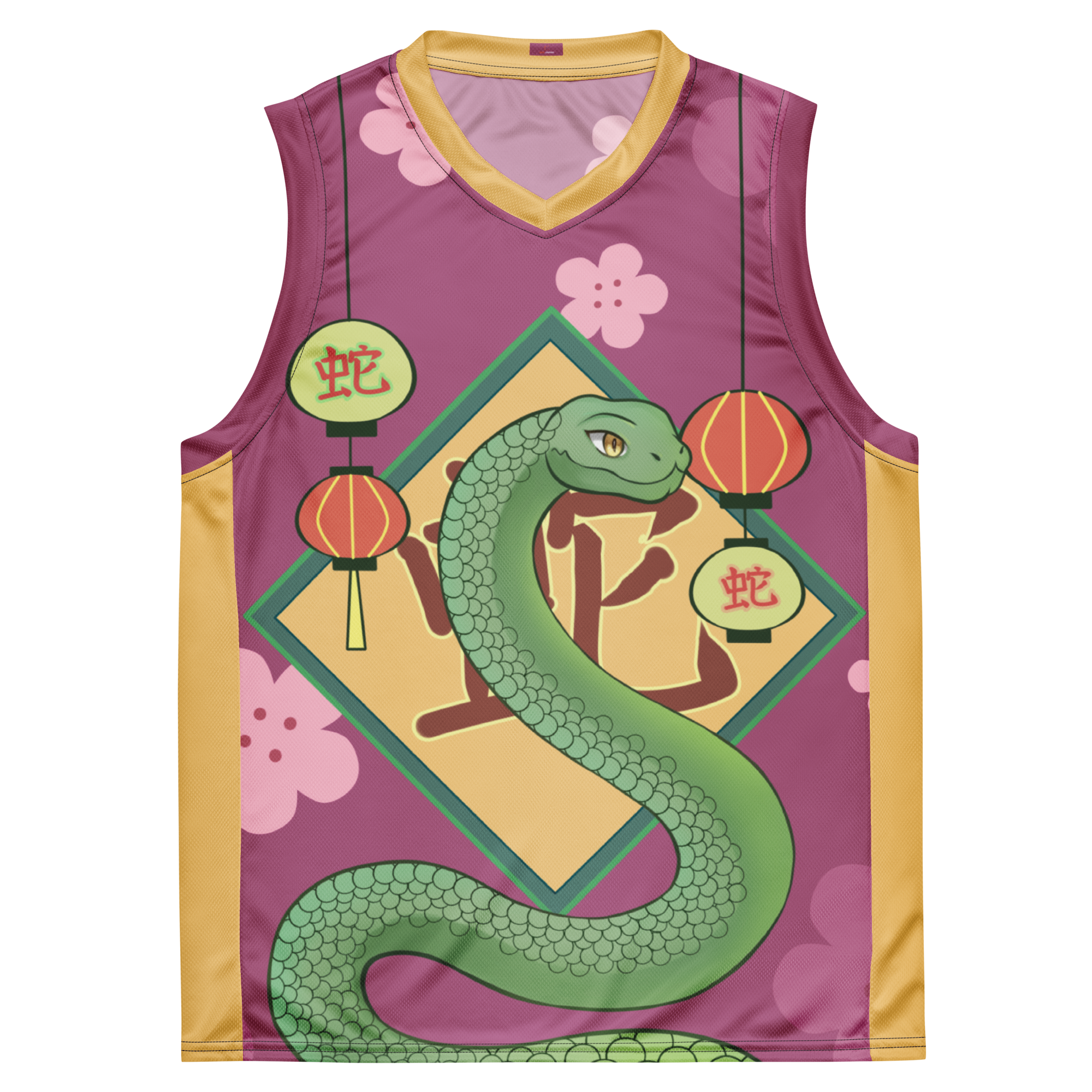
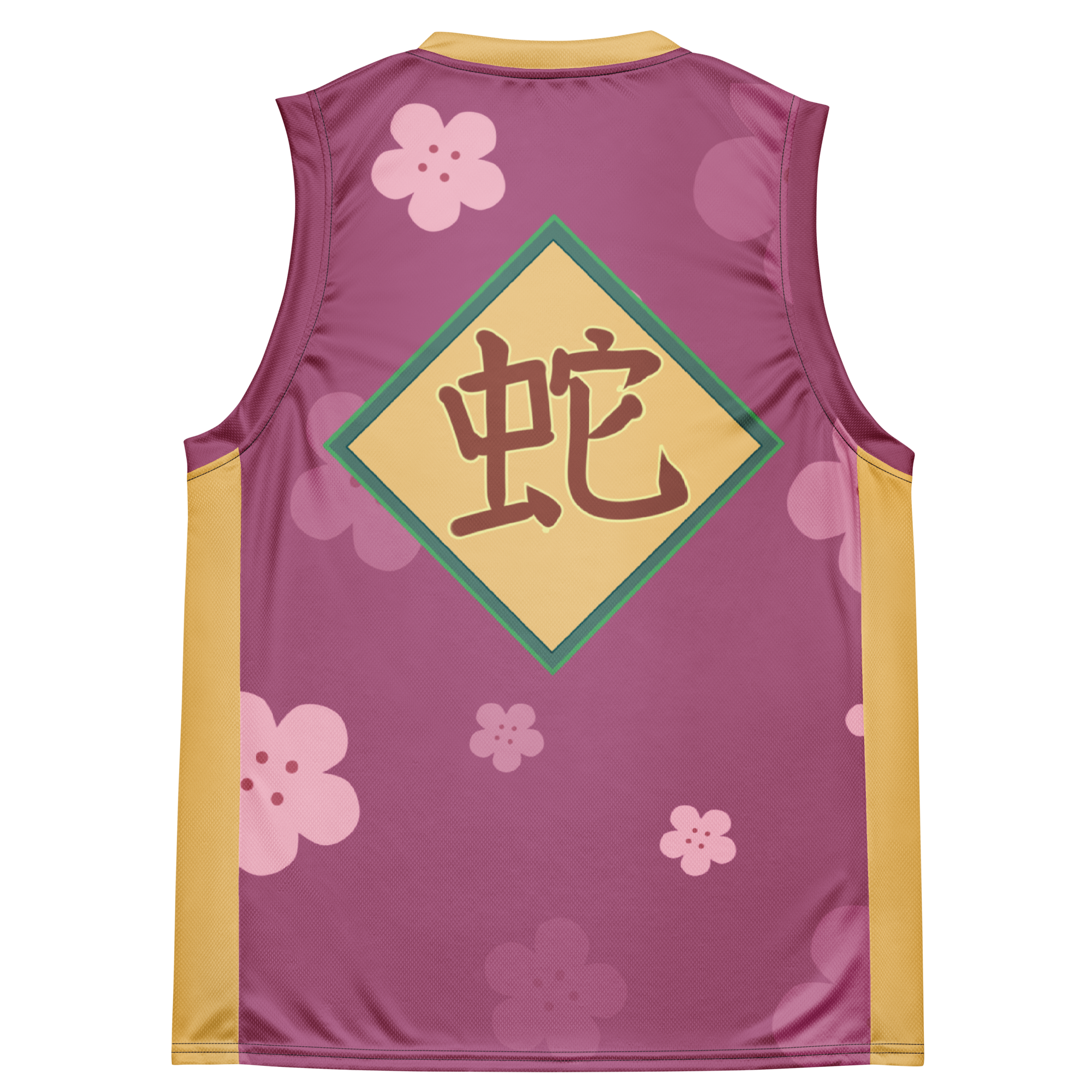
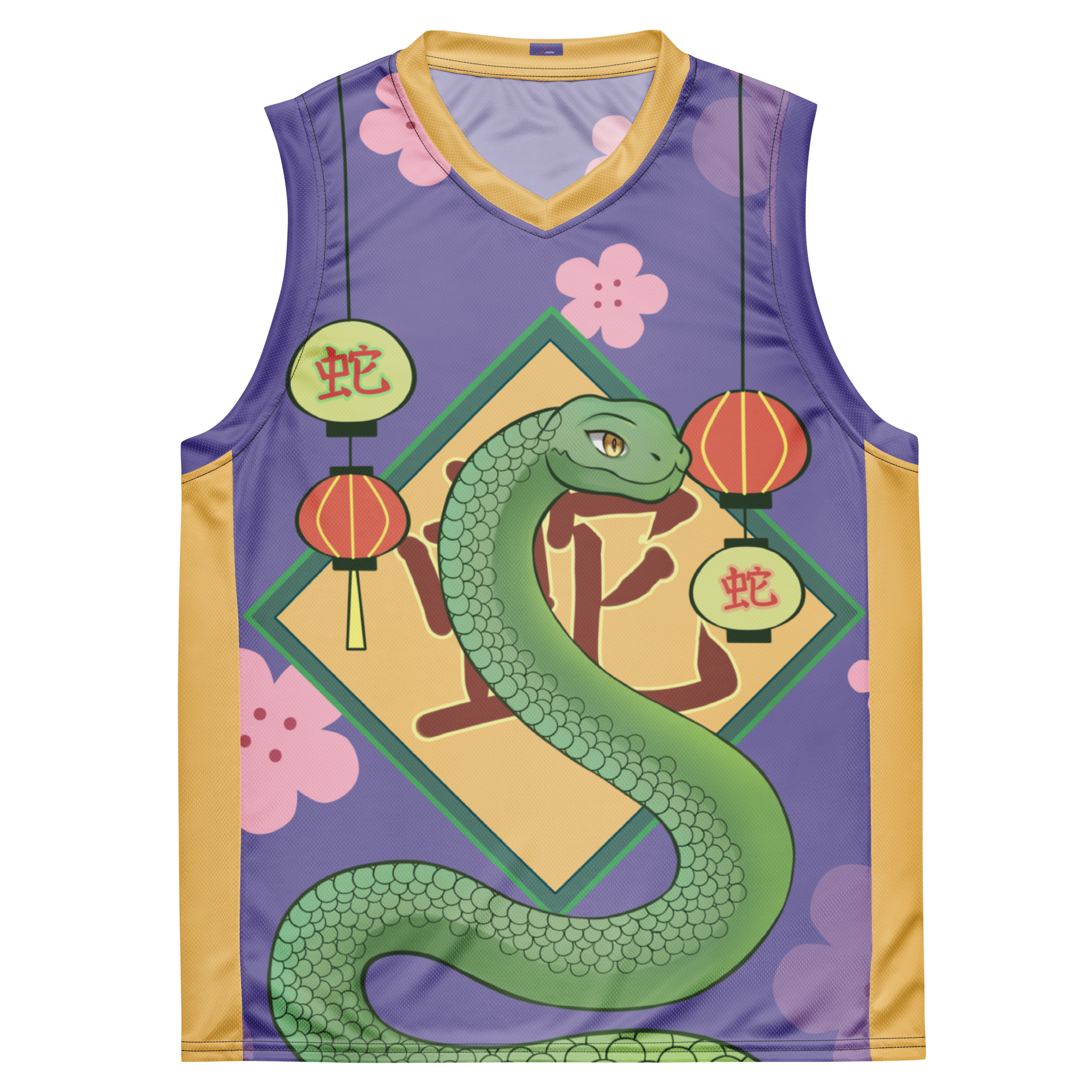
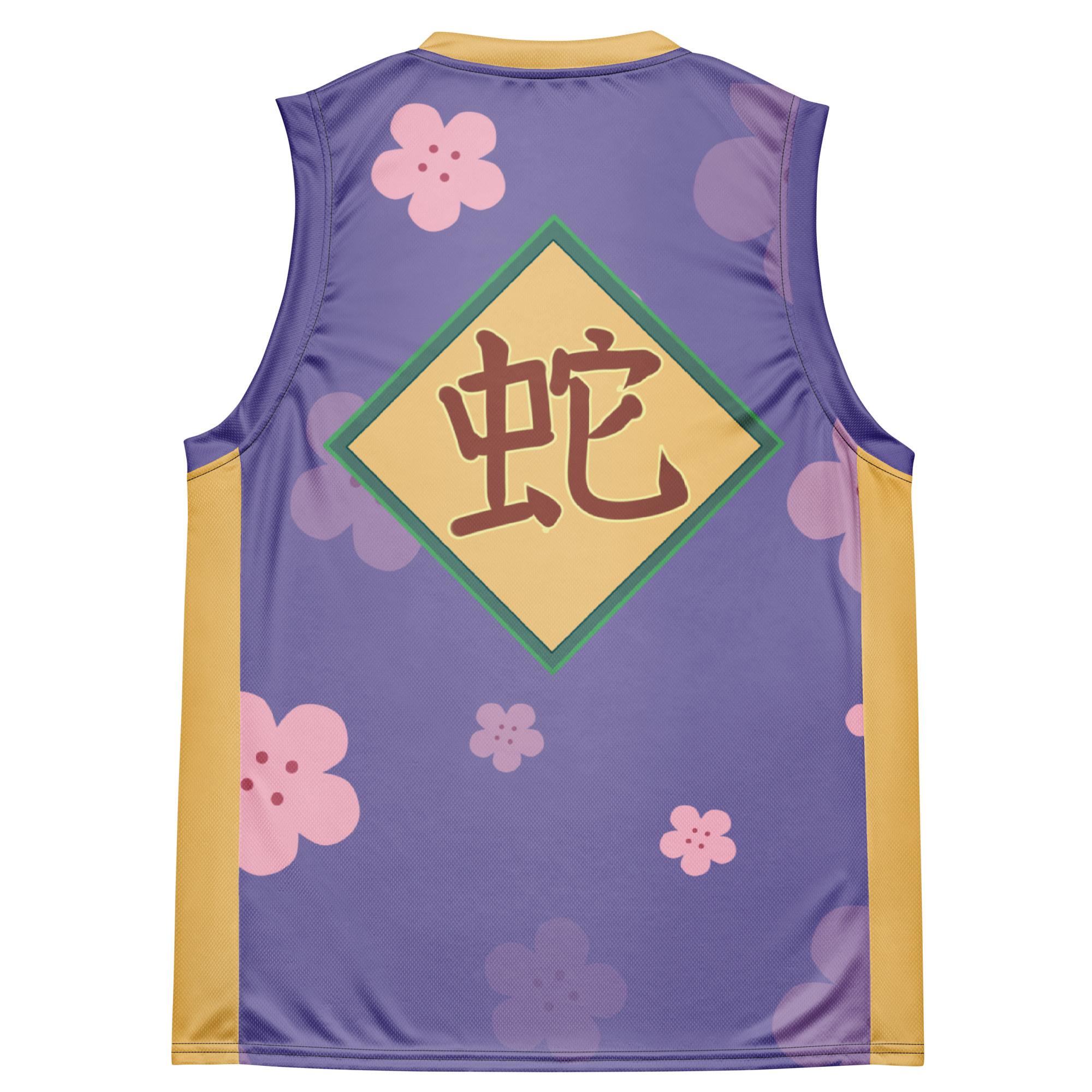

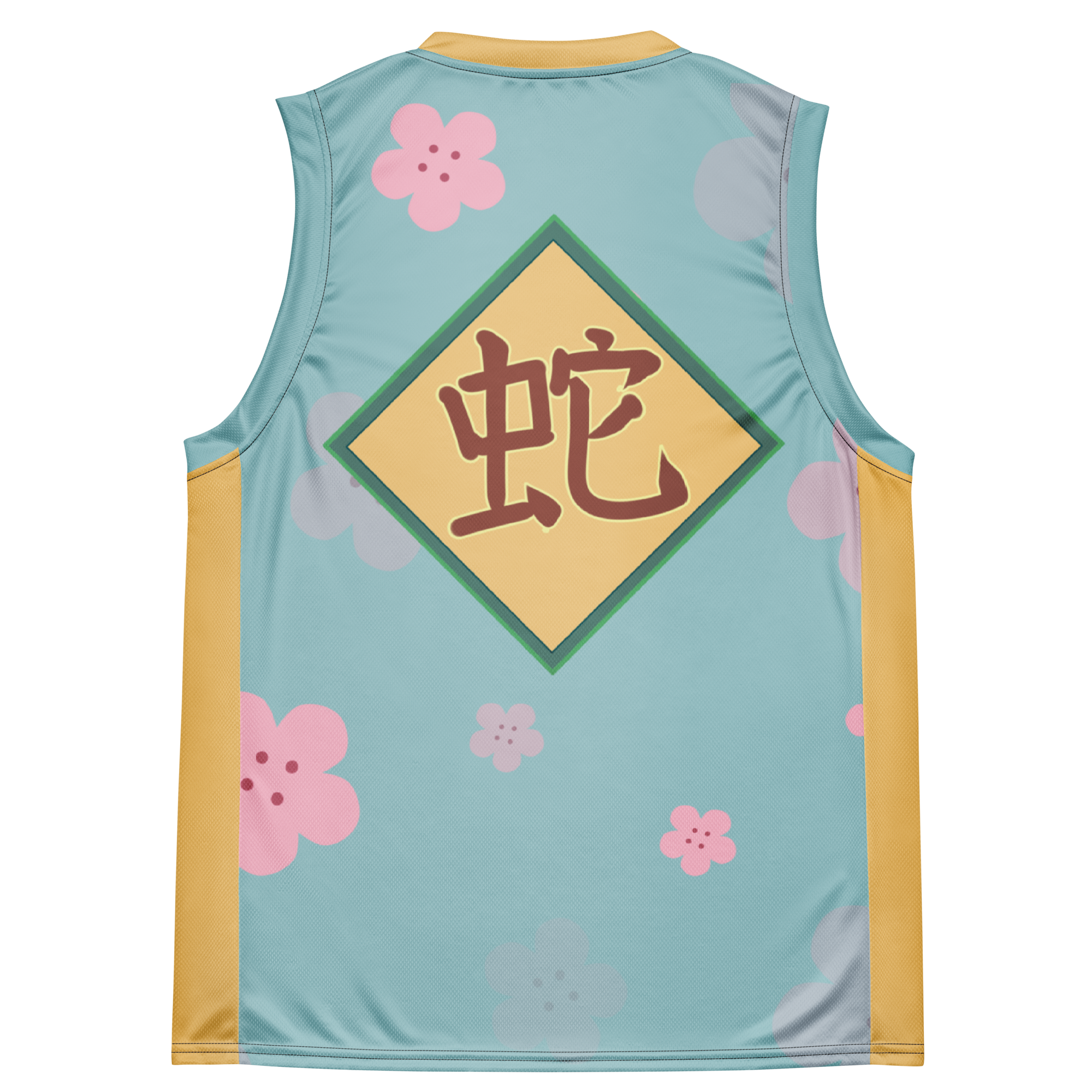














Leave a comment